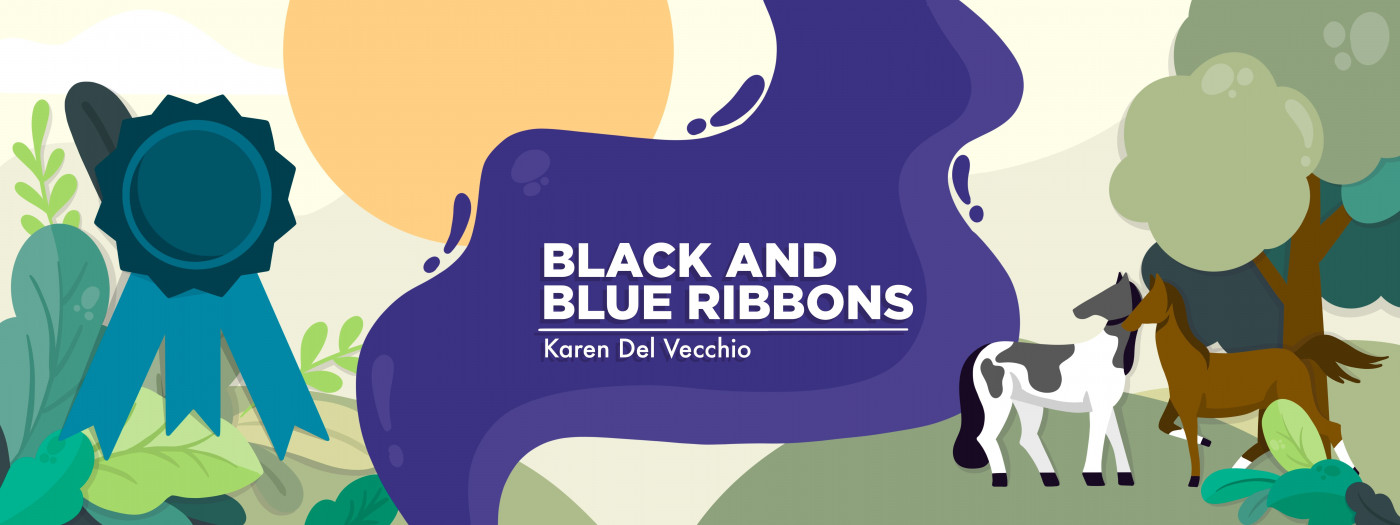What I Do to Manage Fatigue From Ehlers-Danlos Syndrome and Summer Heat
Written by |

To remove any doubt that summer is in full force, all you have to do is step outside. Like elsewhere across the country, temperatures here in Virginia have soared into the upper 90s, with the heat index climbing over 100 degrees at times. Thanks to living on a farm, I spend a lot of time outdoors, in all types of weather, but if I had to pick an extreme climate, I’d choose the cold over the heat any day.
Animals need care regardless of the weather, and when it’s hot, they often need extra attention. Water troughs need filling daily, and I must make sure everyone is sweating properly. Horses are one of the few animal species, besides humans, that sweat. In extreme heat and humidity, they may experience anhidrosis, a serious condition that occurs when the body stops sweating, which can cause them to overheat quickly. This has happened to two horses on the farm where I live, and while it typically can be controlled with medication, they still require extra vigilance.
Chronic fatigue is such a common issue with Ehlers-Danlos syndrome that I typically just ignore it and power on, but I can really feel it when the heat takes an extra toll on me. By the time evening arrives after an especially hot day, I’m completely exhausted. Heat can wipe anyone out, but when you add fatigue from Ehlers-Danlos syndrome to the mix, it can be a real whopper to deal with.
Snacks and hydration are key
I try to “pregame” as much as possible by making sure I’m well hydrated before I head outside. I drink lots of water and an occasional sports drink to replace the electrolytes I’ve lost while sweating. When it gets too hot, I tend to not want to eat, so I try to bring small snacks with me while I’m out, such as chilled fruit, granola bars, or even cereal. I’ve found that cooling fabrics that wick sweat and cover my arms help me to feel cooler and protect my skin from sunburn. I also try to take quick breaks in the air conditioning when I can.
After a hot day, I’m usually ready for bed by about 9 p.m. There was a time when I believed that was too early, but I’ve learned to listen to my body. If extra sleep will help me combat fatigue, then that’s simply what I need to do.
I also try to shift my schedule to accommodate the weather as much as possible. I get up extra early to get chores done and riding in before it gets too hot by late morning. Then I typically take a break for a few hours before heading out for evening chores when it begins to cool off a bit.
Summer temperatures are definitely tough, but doing my best to stay hydrated, dress properly, and adjust my sleep schedule can make fatigue manageable, even if it’s not enjoyable.
Note: Ehlers-Danlos News is strictly a news and information website about the disease. It does not provide medical advice, diagnosis, or treatment. This content is not intended to be a substitute for professional medical advice, diagnosis, or treatment. Always seek the advice of your physician or other qualified health provider with any questions you may have regarding a medical condition. Never disregard professional medical advice or delay in seeking it because of something you have read on this website. The opinions expressed in this column are not those of Ehlers-Danlos News or its parent company, Bionews, and are intended to spark discussion about issues pertaining to Ehlers-Danlos.





Margaret
All my childhood I was accused of being a hypochondriac. My sisters loved to torture me, but I had more ligament damage by the age of twelve than most. I have had rotator cuff repairs; knee replacements and the doctors would say she has hypermobility. Finally, I was diagnosed at Duke about six years ago with Ehlers Danlos type II. Now at 68 everything aches and I still try to walk a mile daily and remain active, but fatigued after years of this and am now diagnosed with non-Hodgkins's leukemia. All the surgeries and blood transfusions leave me wondering if there is any connection between the two .